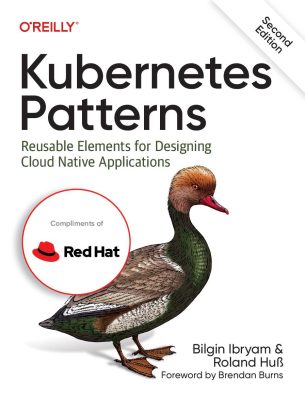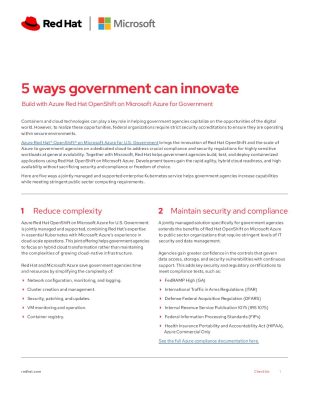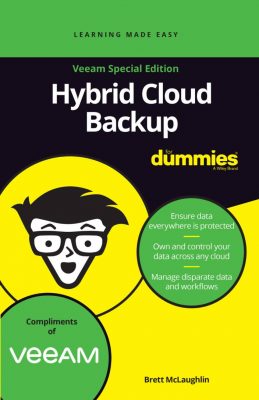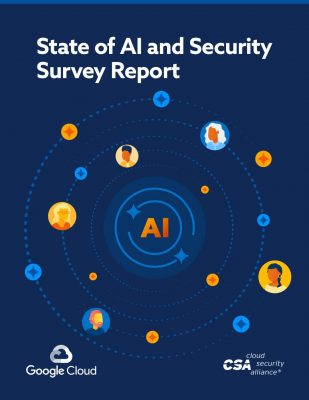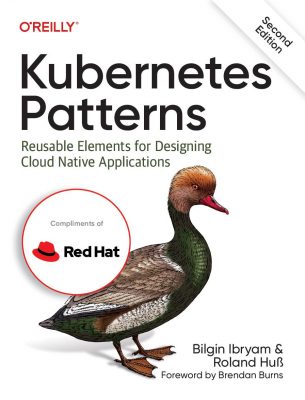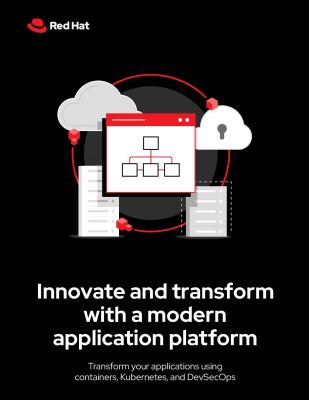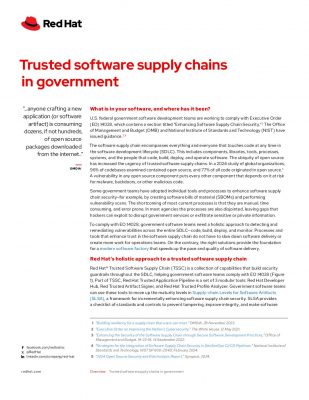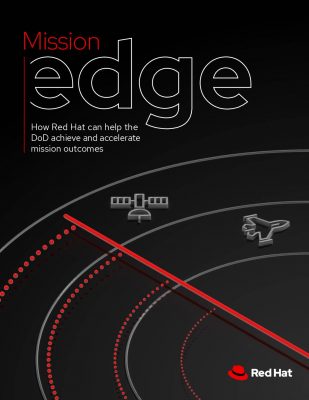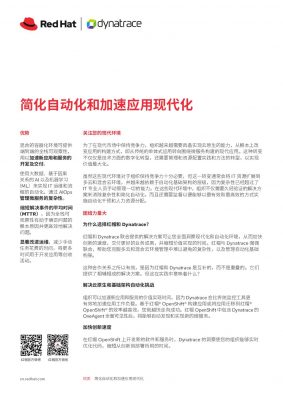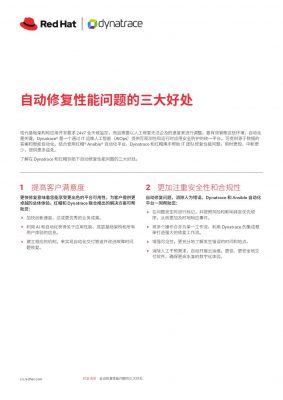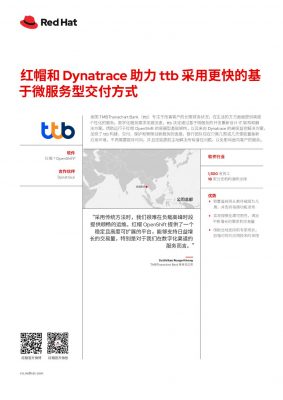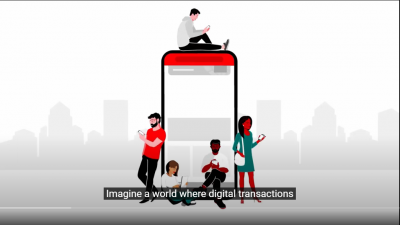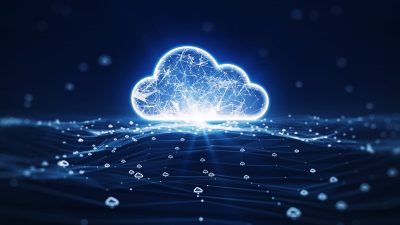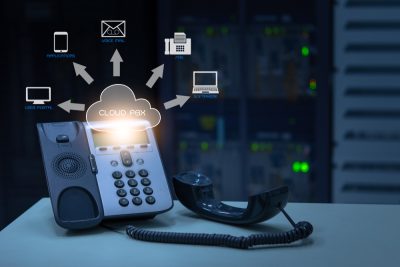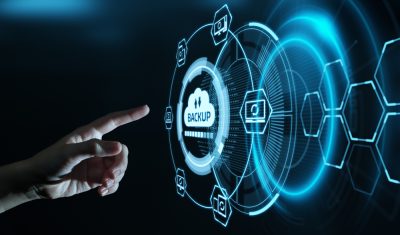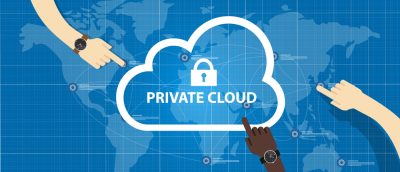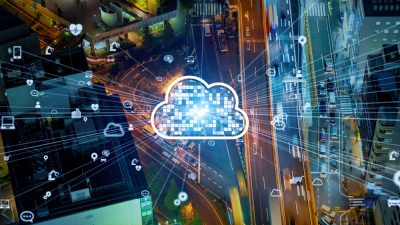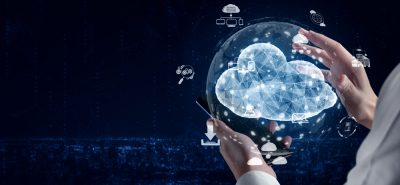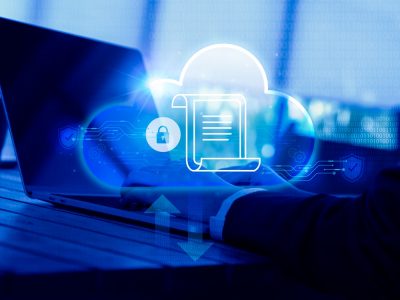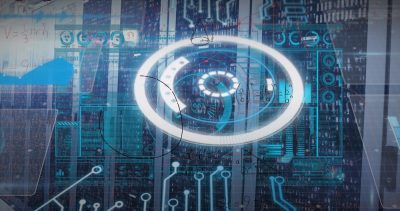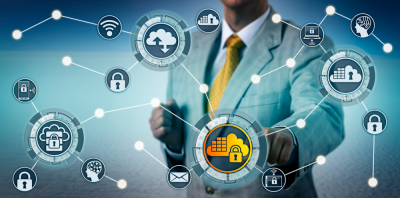Highlights:
- Remote monitoring and management software is a technology tailored for MSPs, providing them with the tools to comprehensively monitor and manage customers’ IT environments.
- The choice between these categories depends on specific preferences and priorities, with on-premises providing more control over scripting. At the same time, cloud-based solutions offer scalability, security, and convenience regarding costs and updates.
As a Managed Service Provider (MSP), you’ve got a big task on your hands—serving clients from different corners of the globe and various industries while adapting to the new era of remote work. It’s a juggling act, and ensuring your clients get top-notch service requires a lot of resources.
Now, throw in the challenge of deploying tech smoothly, getting users on board, and seeing a return on investment (ROI). It’s a lot, especially when everyone seems to have their own set of tools.
That is where having a dedicated Remote Monitoring and Management (RMM) solution becomes your superhero. This tool isn’t just “a nice-to-have”; it’s a game-changer. It helps you keep tabs on devices and networks, making your life easier and ensuring your clients get the A service they deserve.
It’s like having a magic wand for managing IT chaos and delivering seamless solutions. But what is this software technology?
What is Remote Monitoring and Management (RMM)?
Remote monitoring and management software is a technology tailored for MSPs, providing them with the tools to comprehensively monitor and manage customers’ IT environments. It offers visibility into hardware, software, and networks, empowering MSPs to tackle emerging issues proactively.
By remotely managing modern IT infrastructure, RMM enables MSPs to prevent problems, respond swiftly, and deliver managed service contracts efficiently. The system relies on lightweight agent software installed on various endpoints, including customer desktops, servers, and network devices. When an issue is detected, RMM automatically generates alerts or tickets, categorized by severity, allowing MSPs to prioritize and address problems strategically.
Remote monitoring and management tools can be broadly categorized into cloud-based and on-premises RMM.
-
On-premises RMM:
- Involves hardware investment and maintenance, along with software licensing fees.
- Increases potential for performance issues as the number of managed endpoints scales.
- Offers more control over scripting, making it a preference for some MSPs.
-
Cloud-based RMM:
- Eliminates the need for an on-premises server and easily scales as required.
- Brings additional benefits like enhanced security, high availability and uptime, predictable costs with monthly payments, and automatic software updates.
The choice between these categories depends on specific preferences and priorities, with on-premises providing more control over scripting. At the same time, cloud-based solutions offer scalability, security, and convenience regarding costs and updates.
Exploring the essence of RMM is crucial for uncovering its pivotal role in meeting MSPs’ operational and strategic needs.
Why Do MSPs Need RMM?
Remote monitoring and management (RMM) tools are indispensable for a successful MSP business in today’s landscape. It is pivotal in transitioning from a break/fix model to proactive managed services. The benefits include:
-
Continuous monitoring and management:
- It facilitates ongoing monitoring and management of clients’ systems.
- It enables identifying and resolving issues before clients are aware of them.
-
Enhanced security measures:
- It aids in delivering more secure managed services.
- It automatically detects and addresses threats, possibly automating security incident resolution through scripts.
-
Downtime reduction:
- Proactive issue identification and resolution result in reduced downtime for clients.
- Fewer disruptions enhance the overall customer experience.
-
Flexibility for evolving needs:
- Adaptable to changing customer needs or the introduction of new managed services.
- Minimizes manual interventions, allowing MSPs to offer a broader range of services efficiently.
Essentially, RMM and patch management tools streamline daily operations and empower MSPs to deliver proactive, secure, and flexible managed services, laying the foundation for a resilient and thriving business.
Why are Tight Integrations with RMM Important?
MSPs, in adapting to market shifts, often integrate solutions from various vendors, inadvertently creating silos and complexity. Effective operations demand seamless integration of tools to avoid manual errors impacting customer service.
Kaseya’s 2023 MSP Benchmark Report emphasizes the centrality of integration, with 90% of MSPs deeming it crucial. Among respondents, 63% credited integrations for expanding their business, while 54% noted efficiency gains, requiring fewer technicians. This underscores the pivotal role of integration in streamlining operations and supporting business growth for MSPs.
In essence, seamless integrations with remote monitoring and management services can be a game-changer for your business, delivering not only operational and management cost reductions but also a range of strategic benefits:
-
Enhanced decision-making:
- Unified dashboards comprehensively view your entire service portfolio, facilitating informed decision-making.
- A centralized panel enables better agility, reliability, and system maintenance.
-
Improved customer experience:
- Customized and automated reports sent to customers enhance their experience by providing a smoother and more personalized service.
-
Increased functionality:
- Integration empowers the platform to handle new data types and support additional business processes.
- This flexibility allows the generation of reports within your ticketing system tailored to your unique processes.
-
Boosted efficiency:
- Automation of solution deployment using integrated tools streamlines processes, resulting in increased overall efficiency.
Final Words
Remote Monitoring and Management (RMM) is the cornerstone, enabling MSPs to manage IT environments proactively. The decision between on-premises and cloud-based solutions hinges on specific preferences.
RMM is indispensable for MSPs, catalyzing the shift from a reactive to a proactive service model. Seamless integrations emerge as a necessity and strategic enabler, streamlining operations, enhancing customer experience, and elevating overall efficiency.
Amidst evolving technology trends, MSPs equipped with Remote Monitoring and Management (RMM) solutions are positioned for resilience and success in delivering secure, flexible, and proactive managed services.
Dive deeper into the world of the cloud with our collection of cloud-related whitepapers.
